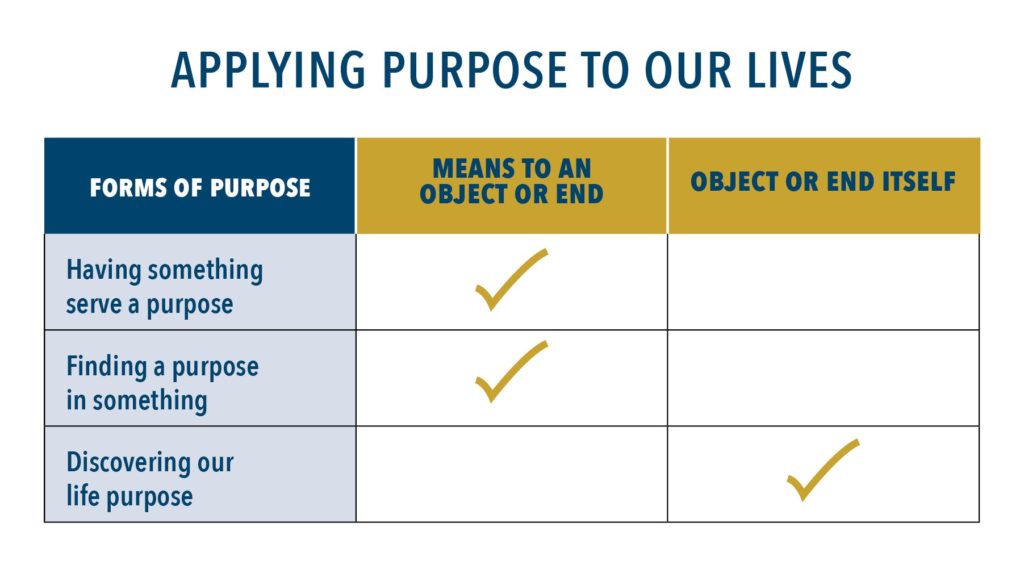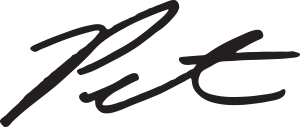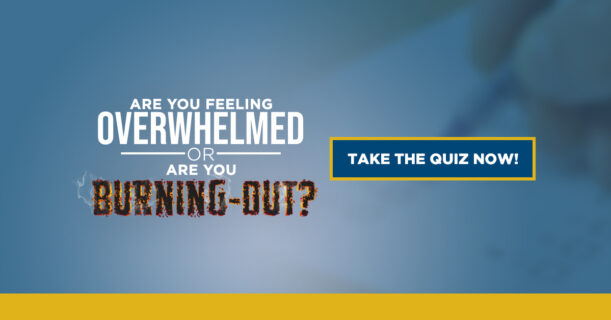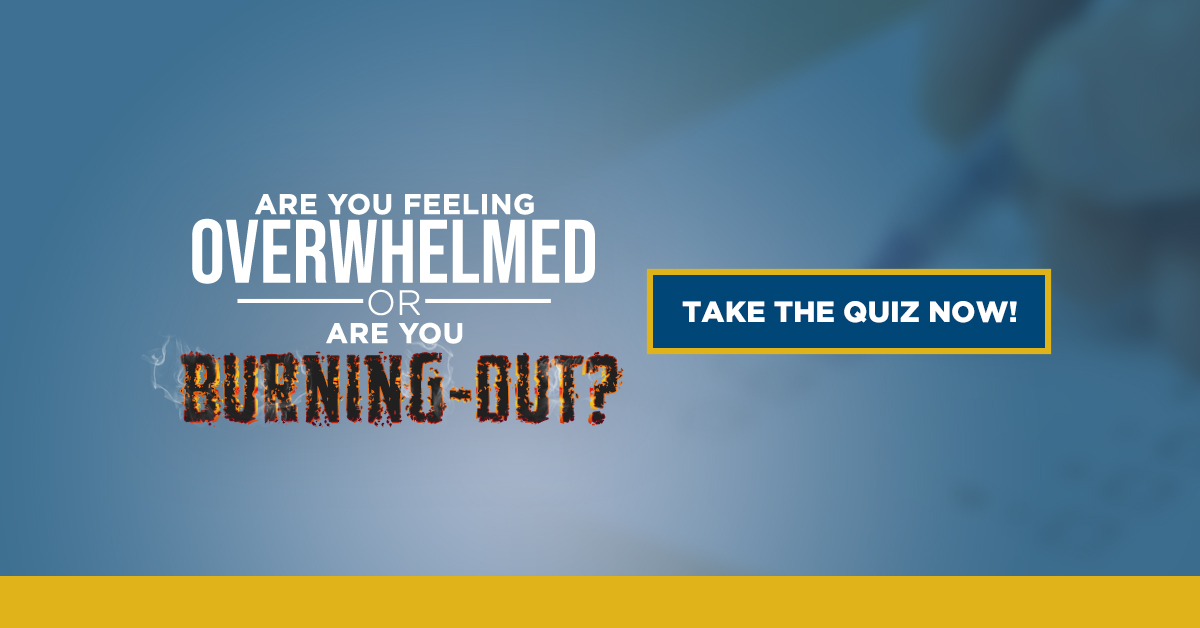How to Not Quit on Purpose
Part 3: It Starts with Who, Not Why
An organization is formed for the purpose of providing specific goods and services to meet the needs and desires of others – that is its “Why” and that is its end-game. This is not the case for people. There is something deeper at play related to us – it is our “Who”.
Our Why is our passion – the force behind the meaning, priority, energy, and emotion we attach to our interests and activities. Our Who drives our passions, even as they evolve. Our Who is not formed by us, it is wired within us, and “finding our Who” is essential to the process of discovering our purpose.
Part 1 and Part 2 of this series connected our interests and passions and set the stage for how they are ultimately tied to our purpose.
Purpose:
The concept of purpose can be confusing and cause many of us to stop short of discovering it. This is partly because the word “purpose” seems to have so many meanings that it has lost significance. The actual definition of purpose doesn’t help either in terms of providing an easy answer. Merriam-Webster defines purpose as: “something set up as an object or end to be attained.”
That seems definitive, but in terms of applying it to our lives, the definition itself lends to confusion as “something” can be anything and because there is no time dimension.
In order to navigate this, we need to look at purpose through the correct frame. This happens when we learn to understand and leverage the various forms of purpose.
I can help explain this with a story from my book, Reversing Burnout. How to Immediately Engage Top Talent and Grow! A Blueprint for Professionals and Business Owners:
As I worked through the process to understand what drove my passions through different seasons, I found that I had understood and used “purpose” in three different ways. The first was “having something serve a purpose,” the second was “finding a purpose in something,” and the third was in “discovering my purpose.”
The first two examples utilized something as a means to an end, and not the object or end itself. As an example going wwaaayy back: Beginning in sixth grade, I wanted spending money. Whether it was to go to the movies or roller skating or buy some new cassettes, I needed some cash. As a means to that cash, I chose to wake up before dawn most mornings and deliver newspapers. My paper route served a purpose. However, I also found personal value in my paper route. Getting up early every morning or trudging through rain and snow before school wasn’t always enjoyable, but I did appreciate the new relationships, skills, self-esteem, and independence it was able to deliver – so I also found purpose in my paper route. In contrast, “discovering my purpose” over the past decade was the object or end I wanted to attain.

Today, our careers can serve a purpose to provide for ourselves and our families and help us achieve our goals. We can also find purpose in our careers as we serve others both inside and outside of our organizations in order to help improve lives and communities, pursue justice, create opportunities, solve problems, and grow.
But is this enough? Will it be in 10 or 20 years?
Our life purpose is our ultimate summit. It’s the summation of our big accomplishments resulting from all our milestone victories and hard-fought battles. It’s what we want to be known for – our ultimate brand, platform, and means to serve others.
“Although important, our career alone is not likely to double as our life purpose.”
–Peter C. Atherton
The reality for many of us is that we have devoted so much time to our career that we have never looked for, let alone lost sight of, our summit. When we recognize either of these scenarios, we can feel lost. We are not sure of our direction and can feel stuck or trapped.
The way out of this is to look in – inside of ourselves. We need to take the time and work through a process to both understand and look beyond the “What”, “When”, “Where”, “How”, and even the “Why”, of our lives in order to get back to the “Who” – where it all begins.
We can begin to do this by realizing and accepting our gifts.
Gifts:
Who we are created to be can be found in our gifts and natural talents. These are often distinct from our learned skills and acquired talents, although these certainly play a part of fulfilling our life purpose along with our experiences and perspectives.
“The meaning of life is to find your gift. The purpose of life is to give it away.”
-Pablo Picasso.
Our gifts are given, we don’t choose them. There are gifts of administration, discernment, encouragement, knowledge, leadership, mercy, service, teaching, and wisdom – just to name a few, and they are meant to be shared. Although we can grow in understanding and develop skills in all areas, none of us are naturally gifted in all areas.
The fact is, we are formed to serve others. Others need our gifts and we need those of others. This is a truth of life, regardless of time or place. This is why serving others brings us joy and contentment. Serving others is the key to finding purpose in what we do.
The difference between having something serve a purpose, finding purpose in something, and discovering our life purpose, however, is routed in use of our natural gifts. Our life purpose will flow from our gifts and make use of our skills, talents, assets, experiences, and perspectives as we look to serve, share, and positively impact the lives of others.
“Our life purpose will flow from our gifts and make use of our skills, talents, assets, experiences, and perspectives as we look to serve, share, and positively impact the lives of others.”
-Peter C. Atherton
“To What Extent”:
To what extent is there a gap between our activities and our purpose? This is the final interrogative. The answer is either the source of our contentment or discontentment.
If we are serving others and utilizing our gifts, we have joy and contentment. If there is misalignment, we can feel it. In this context, discontentment is our friend giving us either a gentle nudge or a wake-up call to take a fresh look at our lives and engage in a process to make success with greater meaning and purpose our reality.
It took a near 7-year process for me to understand the discontent I felt at what should have been the peak of my career. Through this, I came to value the significance of my own gifts and see how they could all work together and be leveraged with my acquired skills, talents, assets, experiences, and evolving interests and passions.
As leaders, we need to understand this as well as all the factors that lead to burnout and disengagement in the workplace. Approaches can then be designed to build a series of wins for both employees and the organization. Those who do will be able to attract and retain more talent, create better cultures, avoid the costs of turnover, and, in turn, generate greater growth and profits.
To your winning,

PS – Ready to increase your engagement and your impact? Check out our Fast Start Programs.
PSS – I invite you to schedule a free, no-obligation 30-minute conversation HERE. We will walk through the I.M.P.A.C.T. process for organizations and I guarantee you will leave the call with a few new ideas and a clearer vision.

Pete Atherton
About the Author
Peter C. Atherton, P.E. is an AEC industry insider with over 30 years of experience, having spent more than 24 as a successful professional civil engineer, principal, major owner, and member of the board of directors for high-achieving firms. Pete is now the President and Founder of ActionsProve, LLC, author of “Reversing Burnout. How to Immediately Engage Top Talent and Grow! A Blueprint for Professionals and Business Owners”, and the creator of the I.M.P.A.C.T. process.
Pete is also the host of The AEC Leadership Today Podcast and leads The AEC Leadership Mastermind.
Pete works with AEC firms to grow and advance their success through modern and new era focused strategic planning, executive coaching, leadership and management team development, performance-based employee engagement, and corporate impact design. Connect with him through the contact link below.


